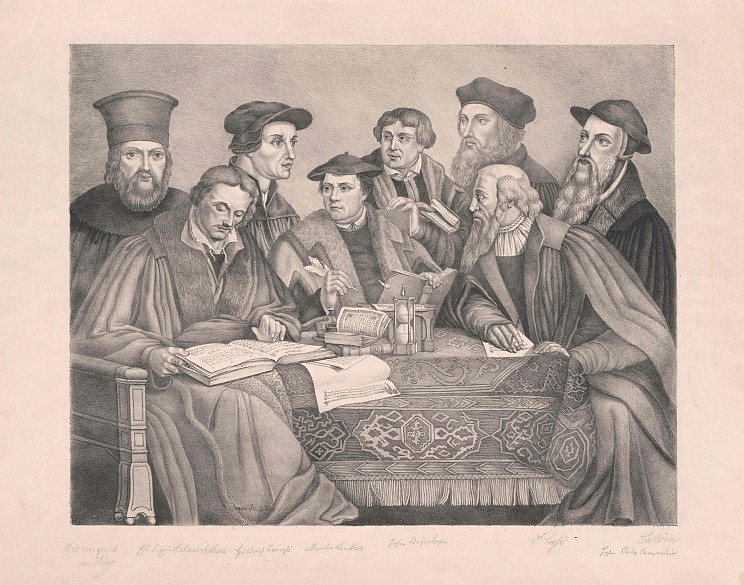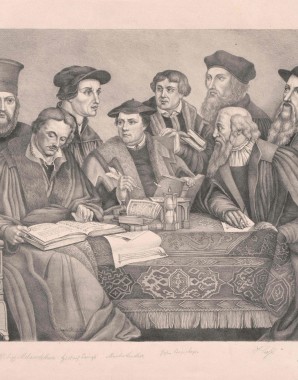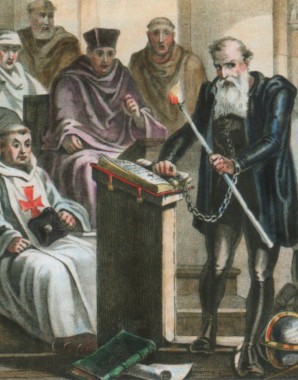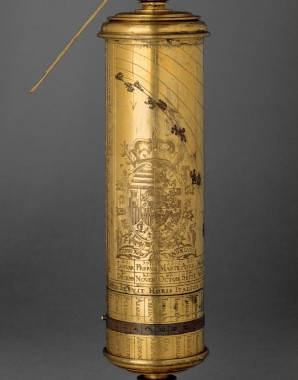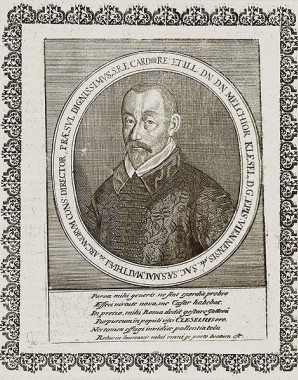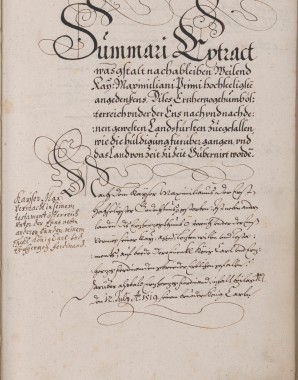Reformation and Counter-Reformation. A New Era
In the sixteenth century the medieval Church was rent by schism. The Reformation, Counter-Reformation and the emergence of various confessions were overlapping processes which unfolded in different ways in the various parts of the Monarchy. Closely linked to the changes in the religious sphere were the political issues of building an early modern state. For farmers as well as for the nobility and the bourgeoisie, everyday life was increasingly dominated by control from above. For Roman Catholic monarchs, the Spanish Inquisition became a welcome instrument for persecuting the followers of other beliefs. Cardinal Melchior Khlesl, though a convinced representative of the Counter-Reformation and despite his endeavours to re-Catholicize the population, pinned his hopes on Protestant support in the fraternal quarrel between Rudolf II and Matthias I, seeking to win the Protestants over to his cause and that of his sovereign Matthias. At the same time, the dynasty was trying to obtain control over the influential, mostly Protestant Estates. Religious denomination was thus becoming an essential selection criterion for political power.
